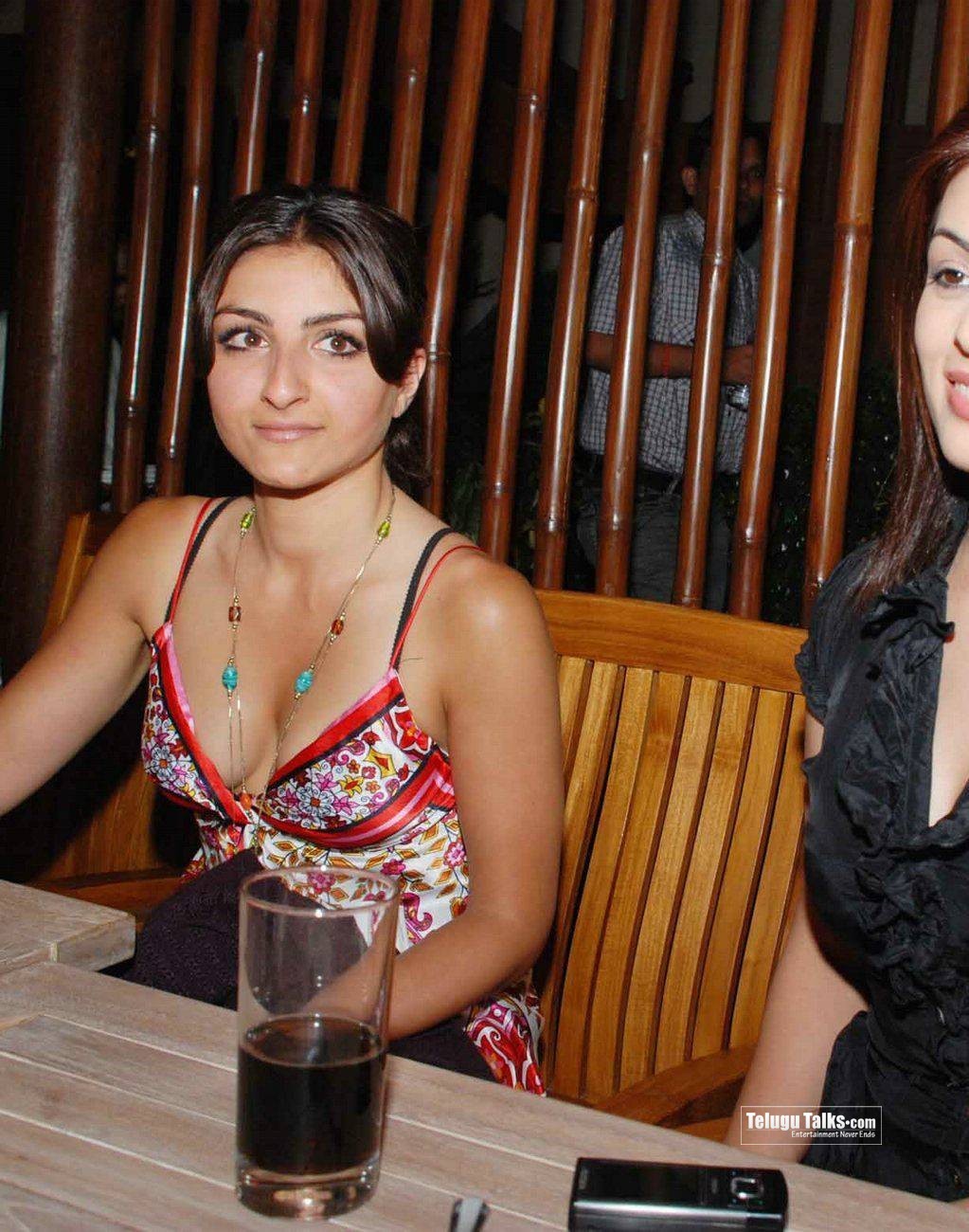
A team of biomedical engineers has developed the world's fastest camera, a device that can capture events for up to 100 billion frames per second.
Current techniques for forming ultra-fast images are limited by storage in the chip and the speed of electronics operations 10 million frames per second reading.
"For the first time, humans can see light pulses on the fly," said Wang Lihong, professor of biomedical engineering at Washington University in St. Louis.
"Because this technique frame rate imaging by orders of magnitude, which we now enter a new regime to open new visions progresses," Wang said.
The team used a technique called compressed flash photography (CUP) to make movies of images taken with individual laser shots.
It is a series of custom devices to work with microscopes and high-powered telescopes to capture the natural and physical phenomena dynamic.
Once the raw data are acquired, the real images are formed on a personal computer.
"These speed cameras have the potential to greatly enhance our understanding of biological interactions and very fast chemical processes and allow us to build better models of complex, dynamic systems," said Richard Conroy, National Institute of Biomedical Imaging and Bioengineering, United States.
The chamber may have a wider application in areas such as biomedicine, astronomy and forensics.
"Combining images with the Hubble Telescope CUP, and we will have both sharper spatial resolution of Hubble and the highest workaround with CUP," Wang said.
. "Each new technique, especially one of a great leap forward, always followed by a series of new discoveries is our hope that CUP enable new discoveries in science - which we can not even anticipate yet," Wang said.
The research appears in the journal Nature.






















